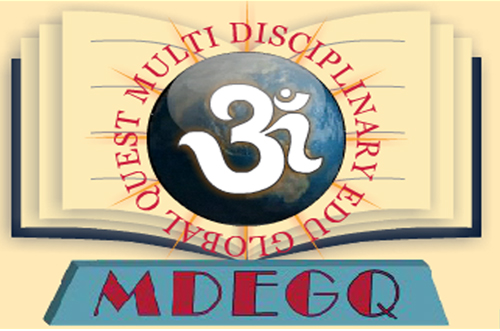TEACHING THROUGH SYNECTICS: PAVING WAY TO INNOVATIVE PRACTICES
William J. J. Gordon and his associates designed Synectics, an interesting approach to the development of creativity. Analogies are the chief element of Synectics. In Synectics exercises students ‘play’ with analogies until they relax and begin to enjoy making more and more metaphoric comparisons. Then they use analogies to attack problems or ideas. It is designed to lead students into slightly illogical world to give us the opportunity to invent new ways of seeing things, expressing ourselves and approaching problems. There are two strategies based on Synectics procedure. The first strategy is designed to make the familiar strange and the second strategy is designed to make new unfamiliar ideas more meaningful.
Synectics model of teaching is moderately structured with the trainer initiating the sequence and guiding the use of operational mechanism. The model contains strong elements of both instructional and nurturant values.
The nature of language teaching remains the same with minor changes of language structure. The universal communication is too much addressing to the people irrespective of whether they are the students, teachers or people in general and it shows greater creativity in communication with value addition like pictures, symbols, objects, multiple actions with two or three dimensions. It shows the greater creativity, flexibility and originality. The teaching of language also needs the innovative practices based on this interpretation.
The present study indirectly paves the way for variety of language practices with the basic components of creativity extended to variety of language tasks during the classroom teaching.
